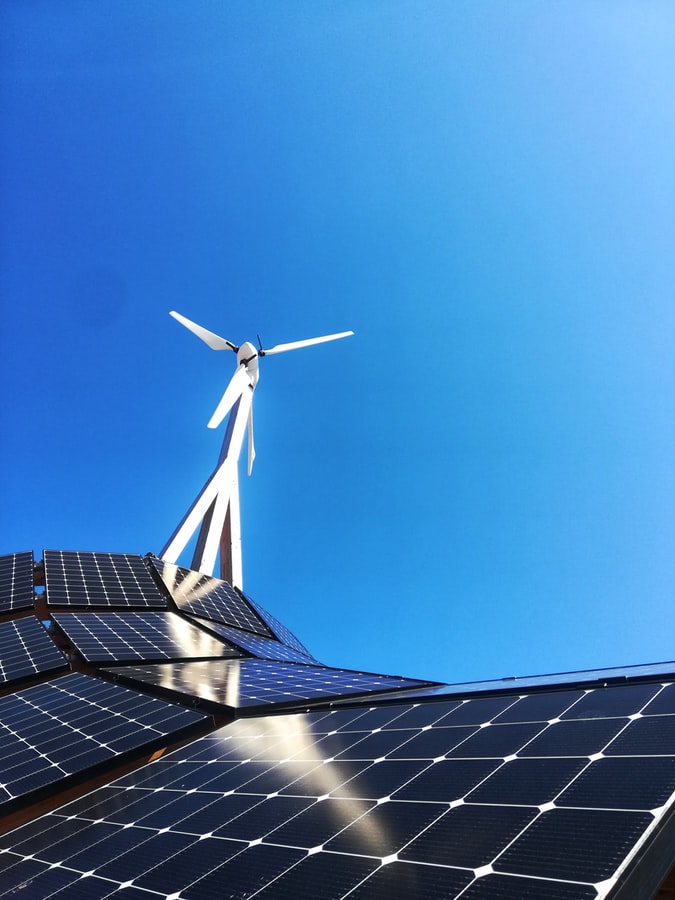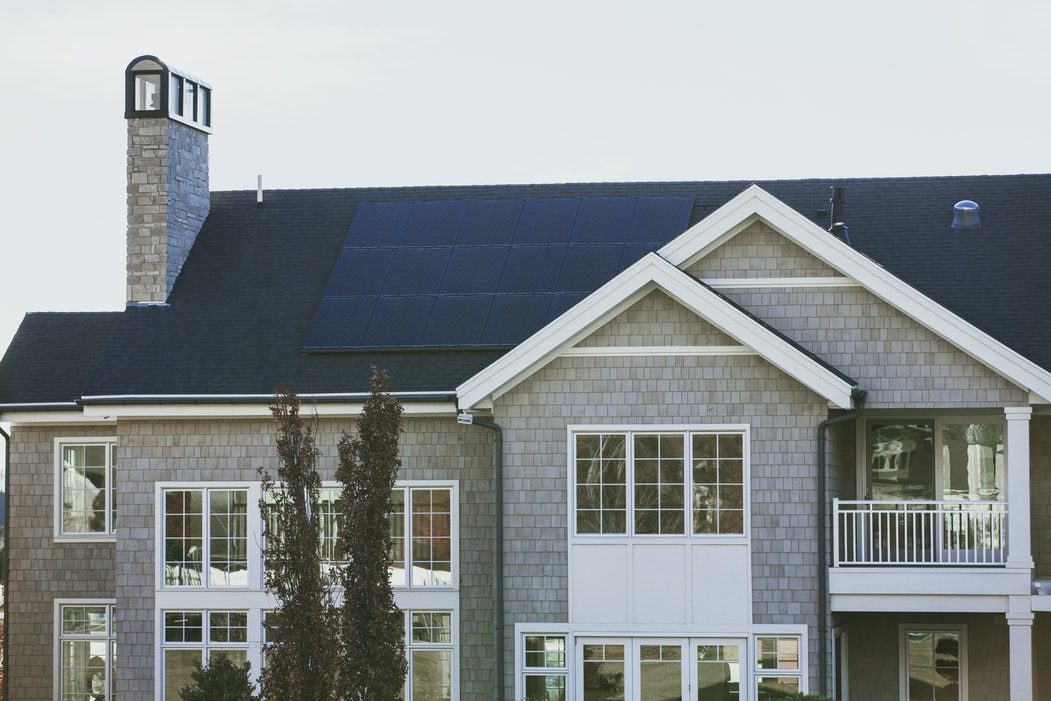

Once it is determined that the building owners desire to install a photostatic system on the roof, it is very important to hire electrical and structural engineers to assist with this process. Electrical engineers will be able to determine the energy required to convert the current annual electric usage to solar energy and provide panels accordingly.
The electrical engineer will also have to prepare a Title 24, part 6 which is a new part that comes with this mandate. Once the number of panels is determined and the number of inverters is decided by the electrical engineers, the structural engineers will need to figure out how to install these systems on the existing roof framing system.
In residential structures, these panels are installed right on top of the roofing finish with unistrut framing system and it is anchored to the existing roof rafters and roof framing. In other structures, the structural engineer may require building frame structures to install these panels on. This is very common in parking structures and high parapet structures to avoid the shadow of the parapet and attract more sunlight by being elevated on these frames. Other types of installation can be done on the ground level in open parking lots creating shaded parking for cars, especially during hot summer days.


